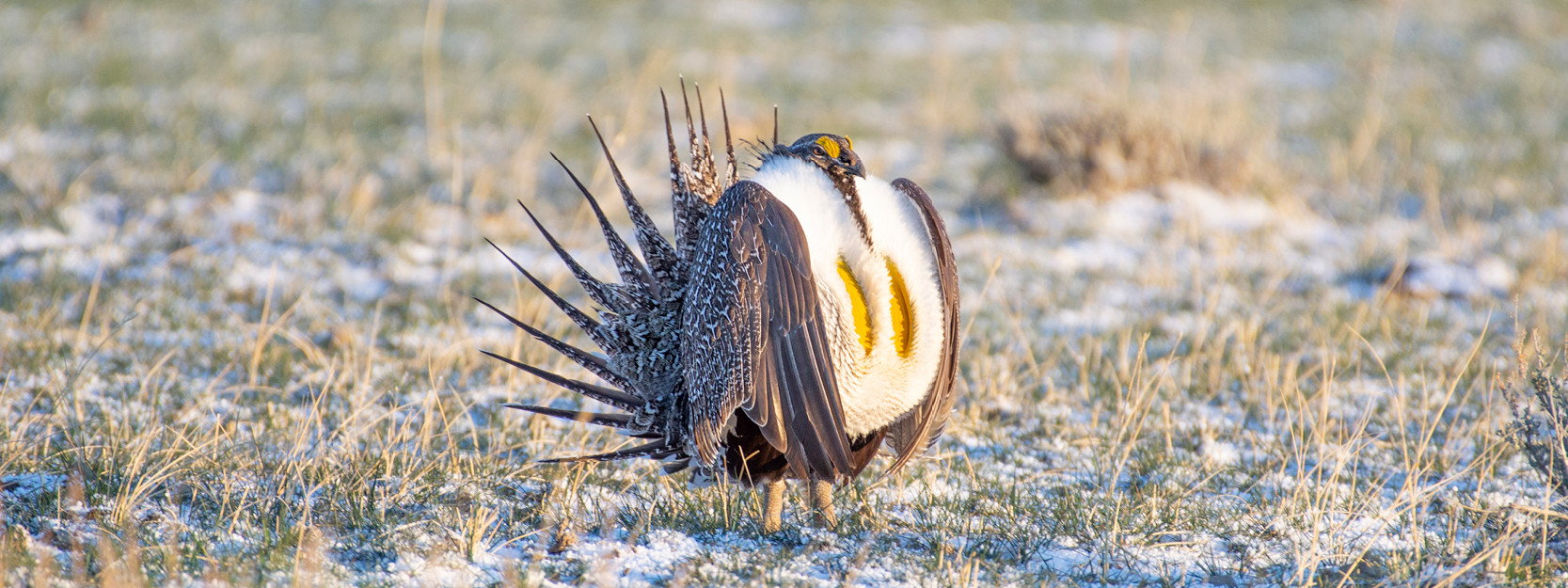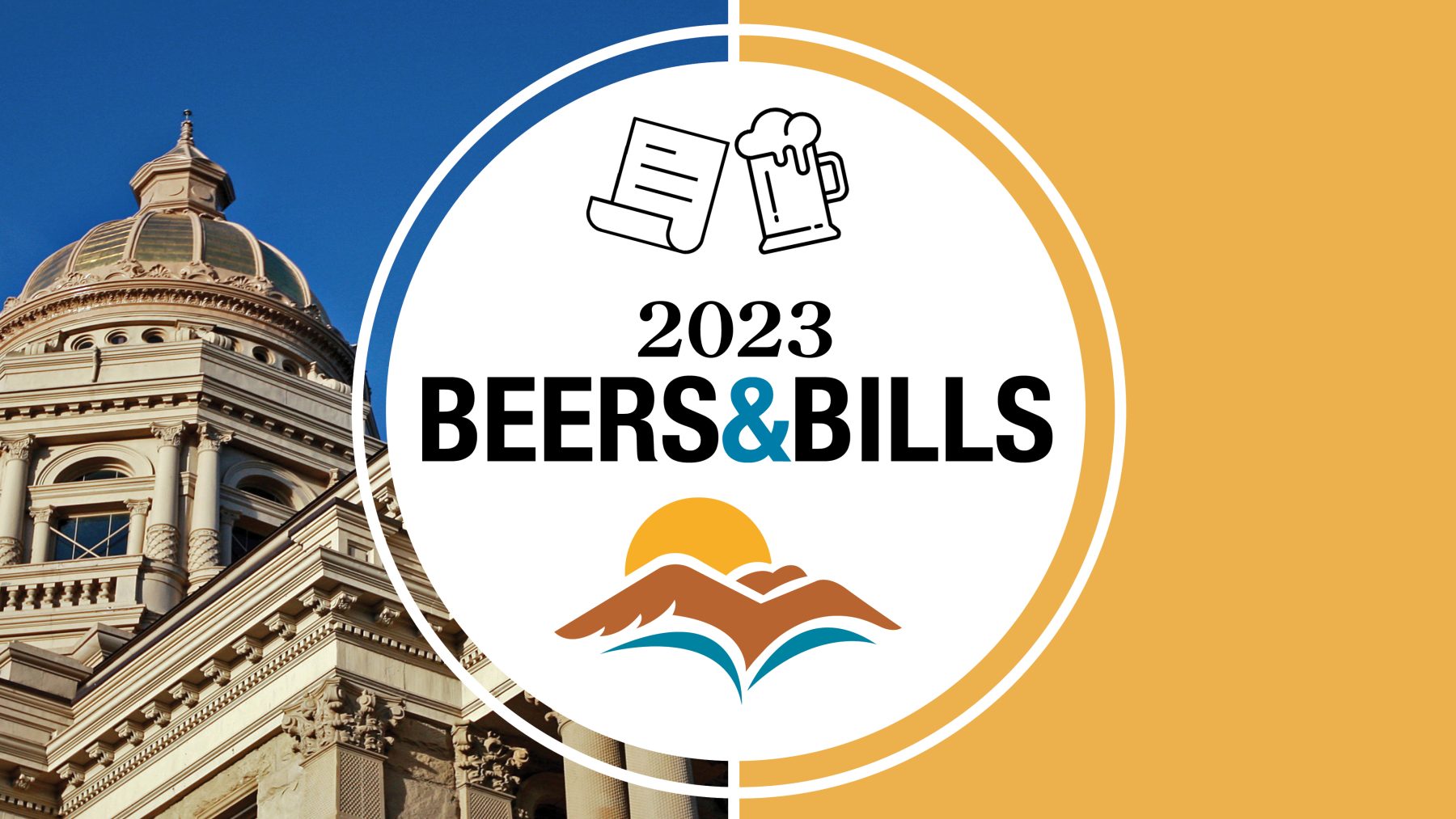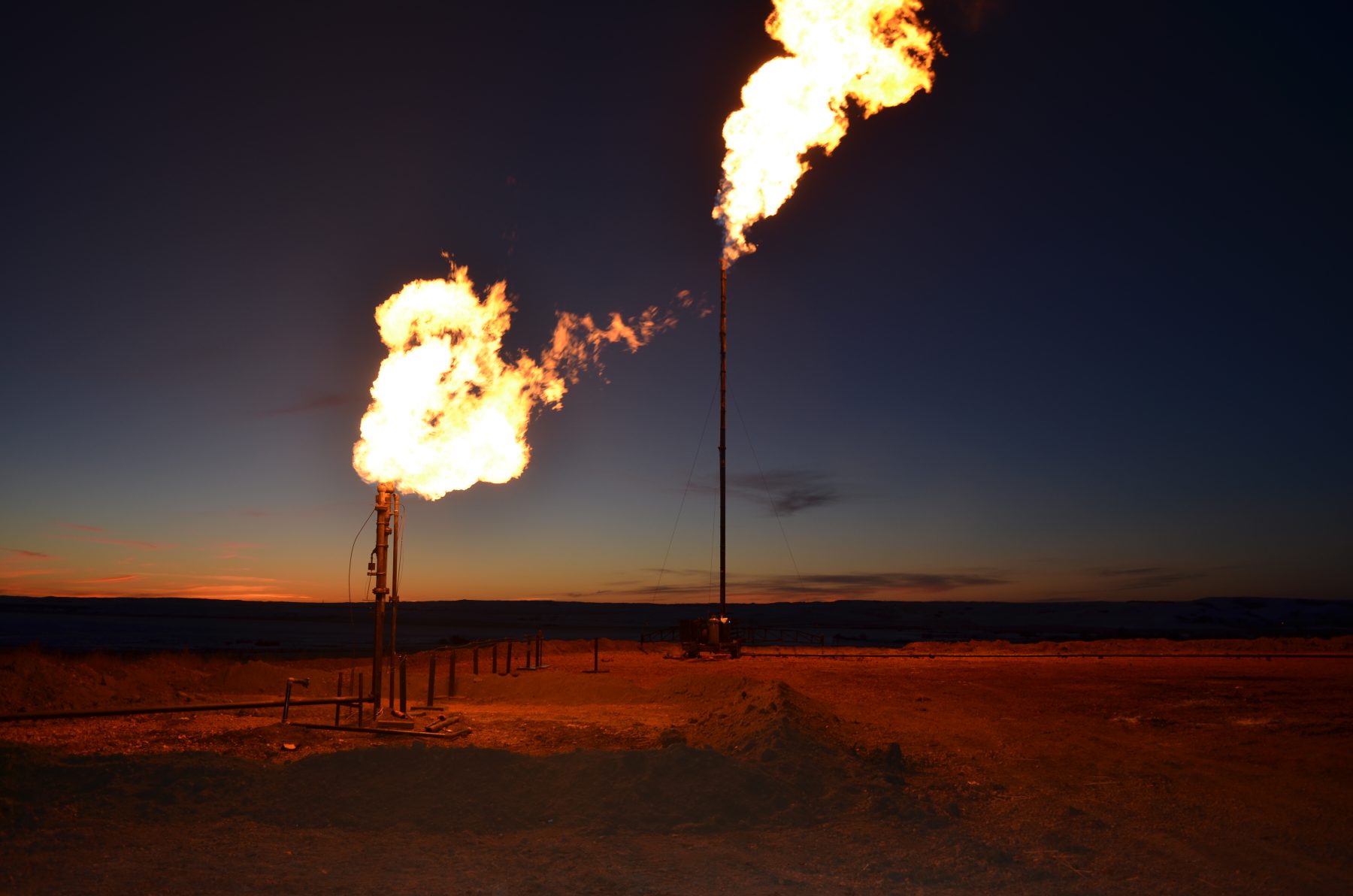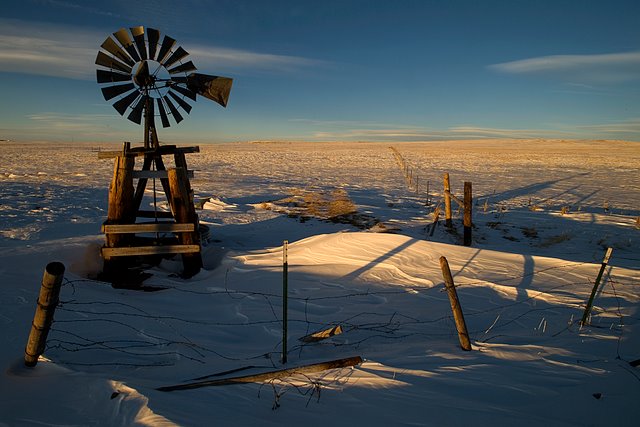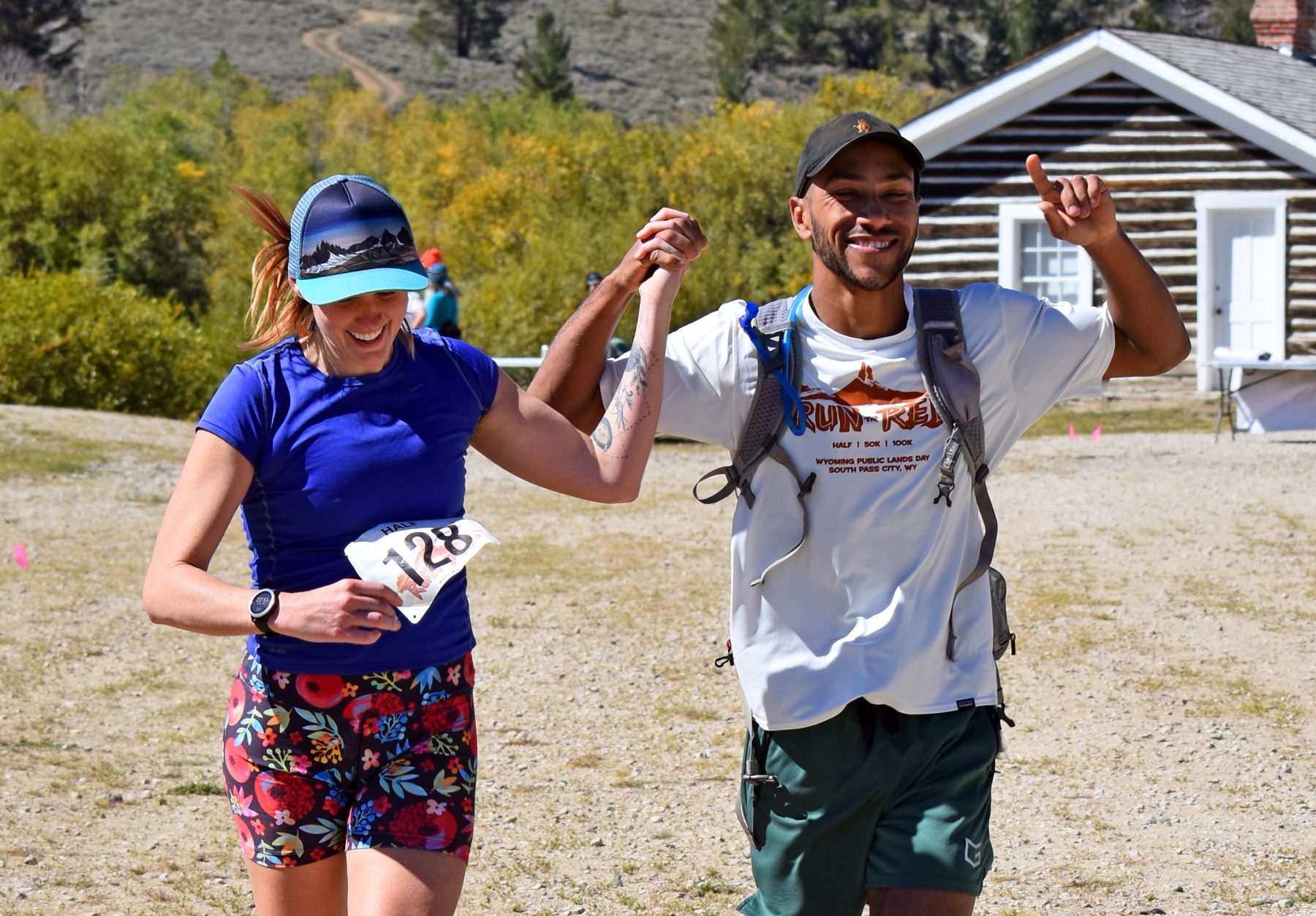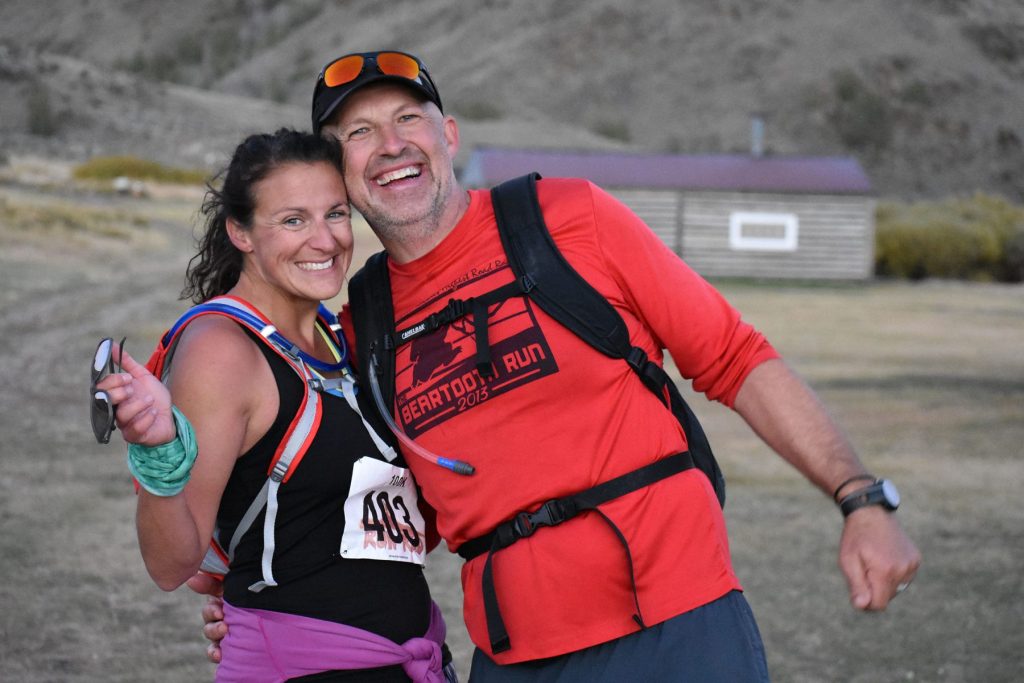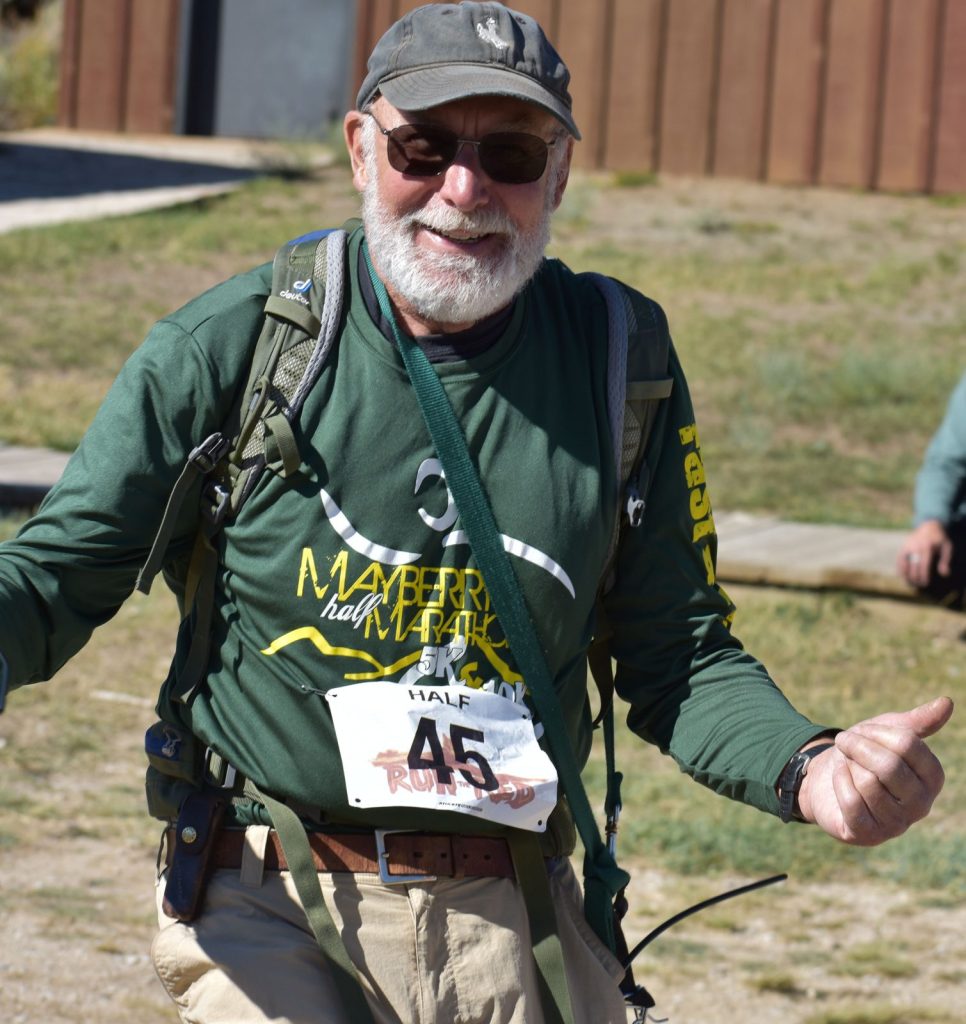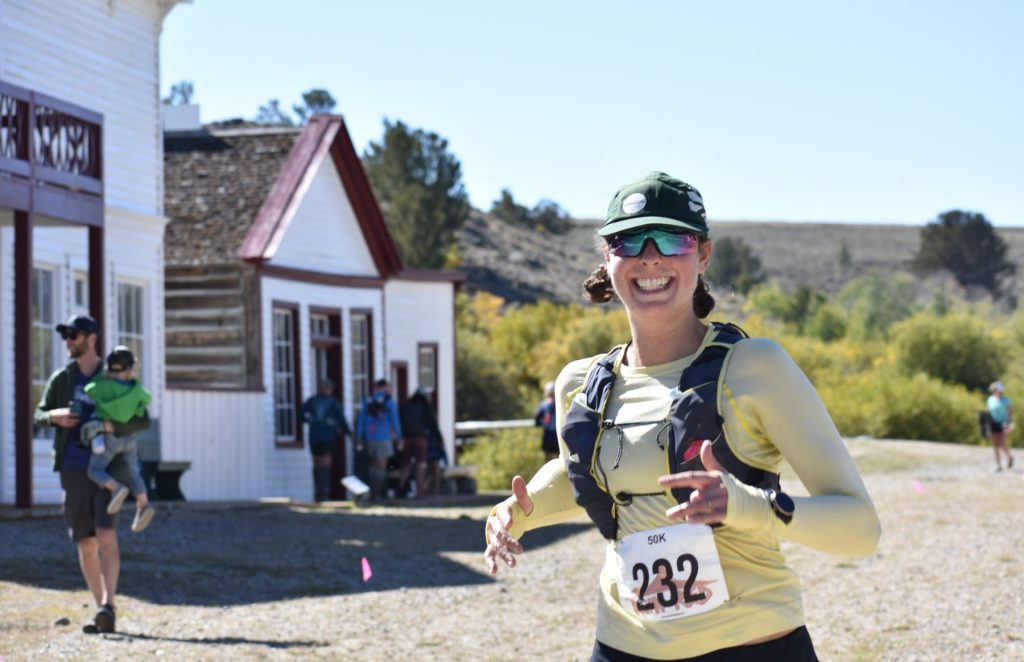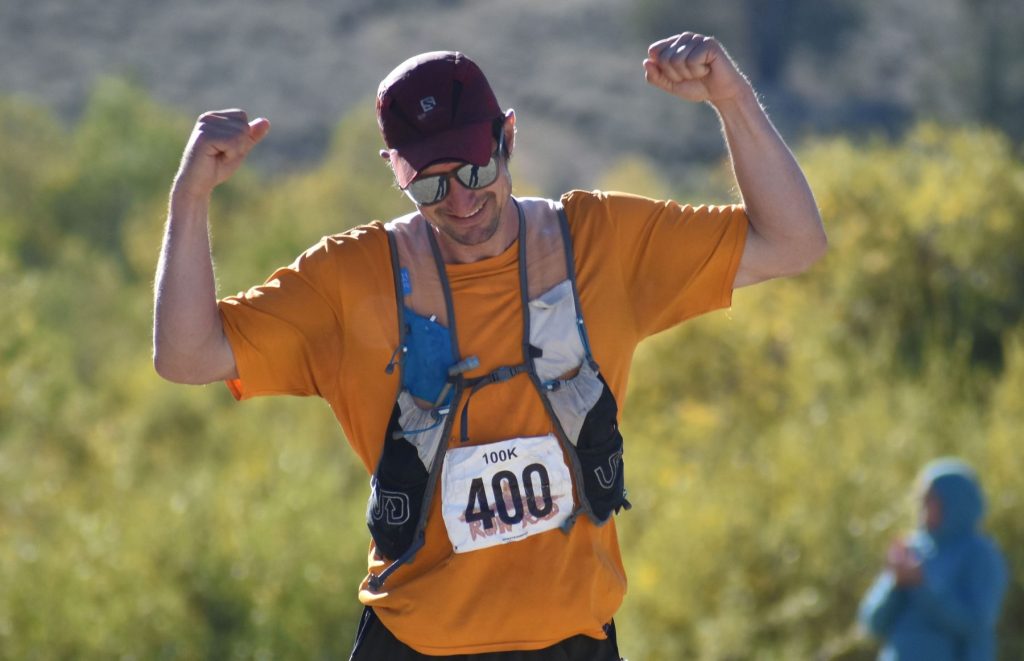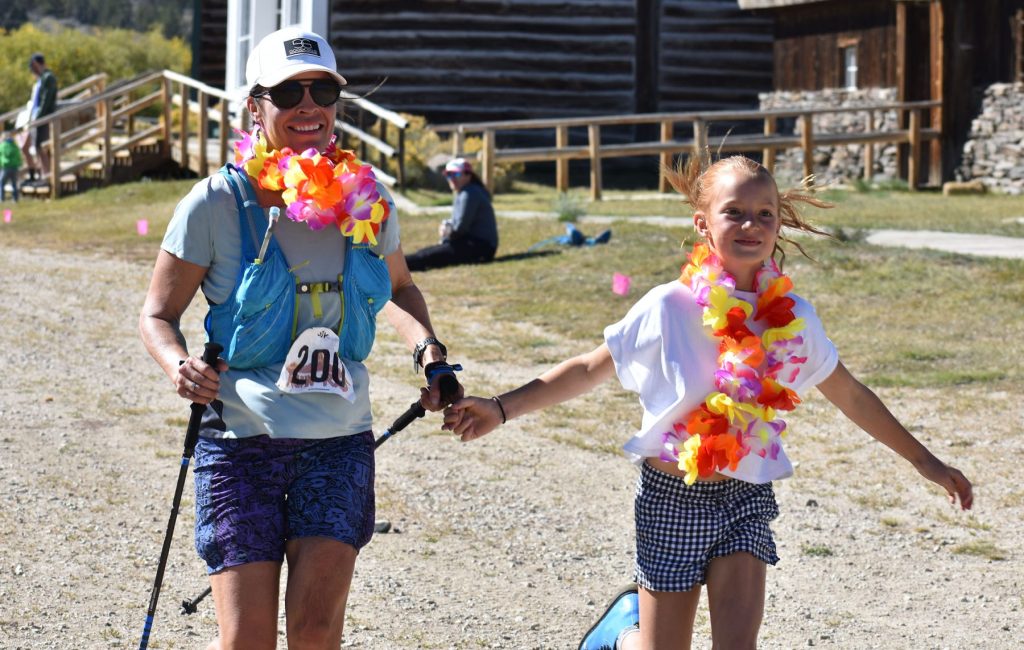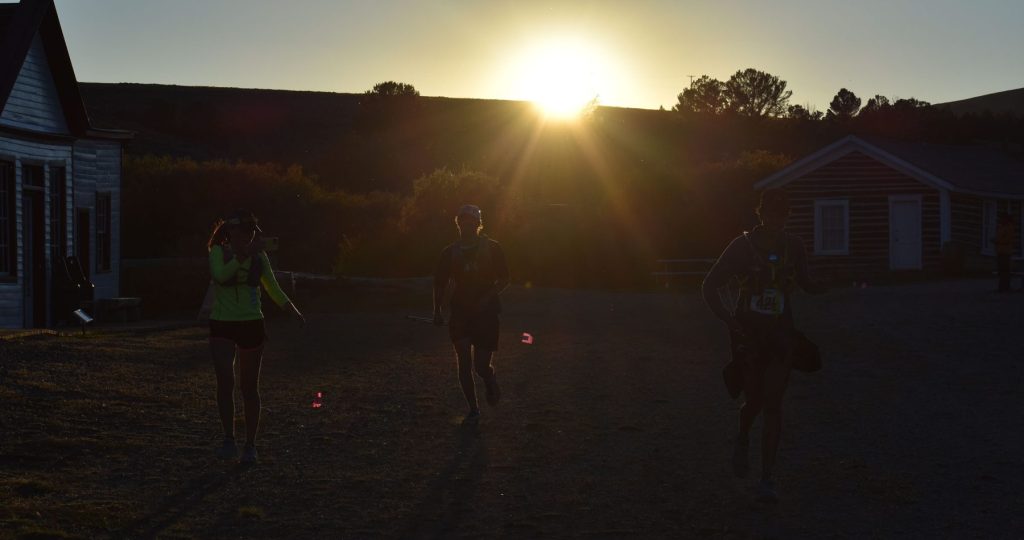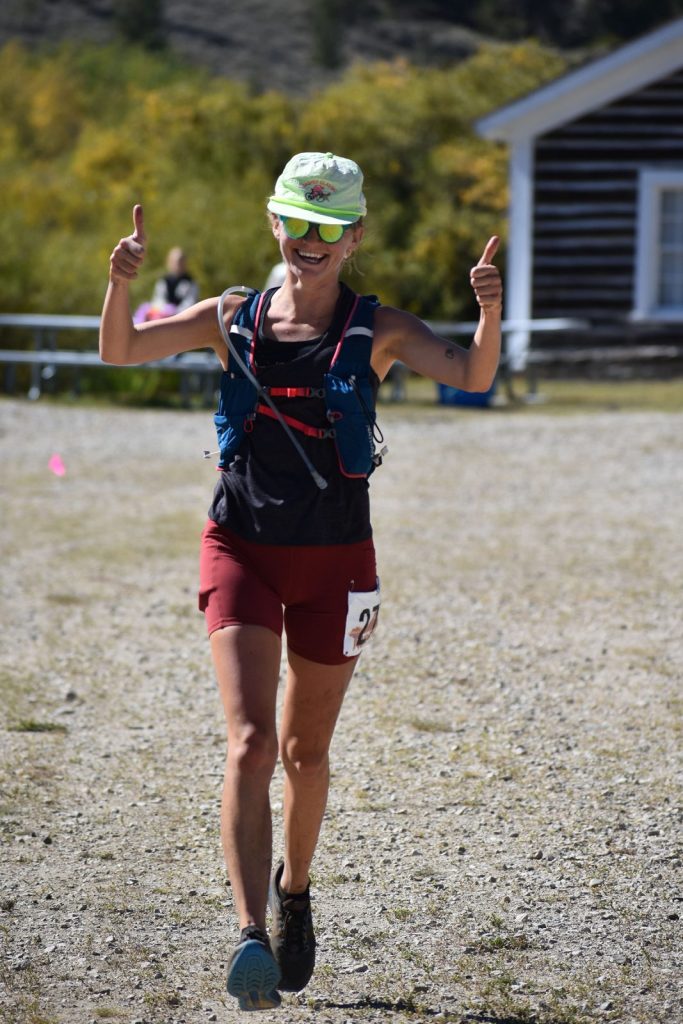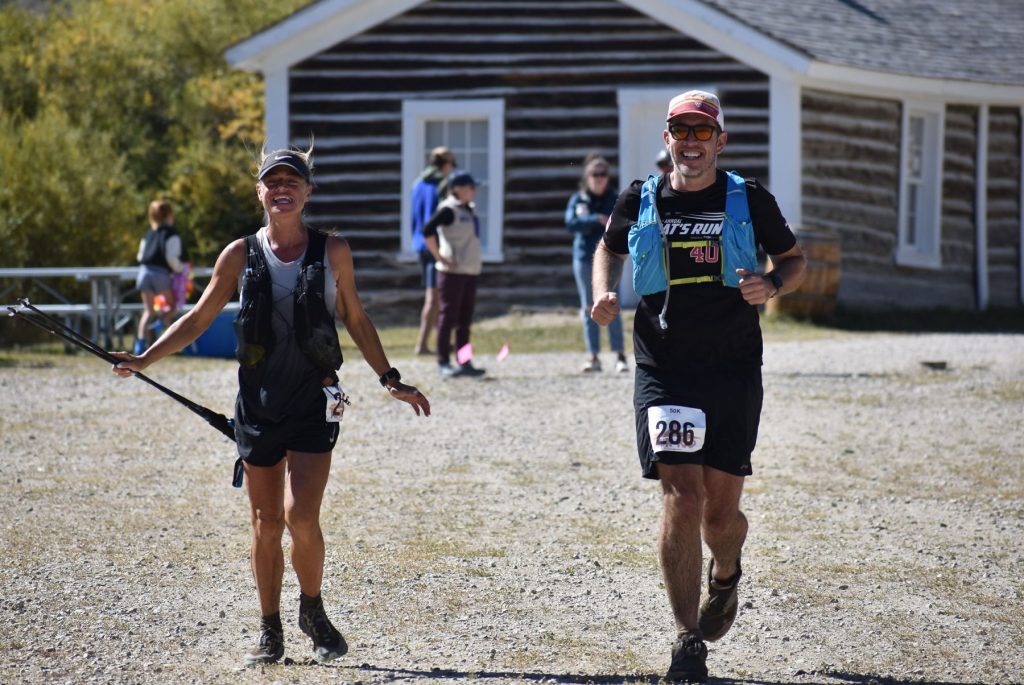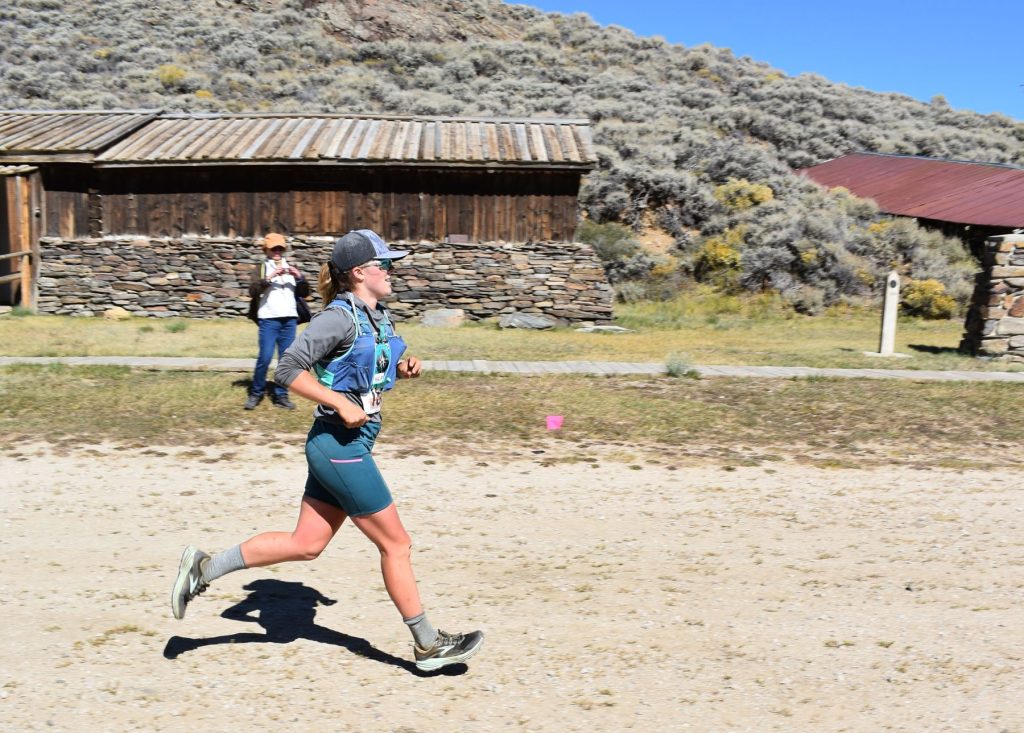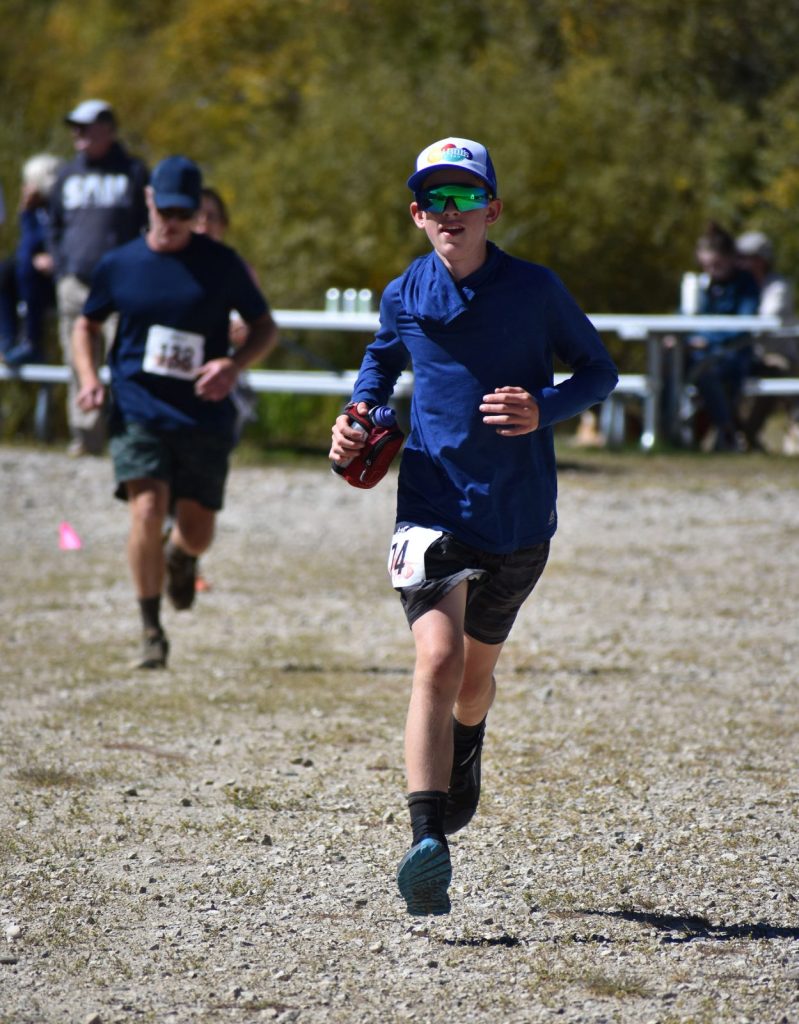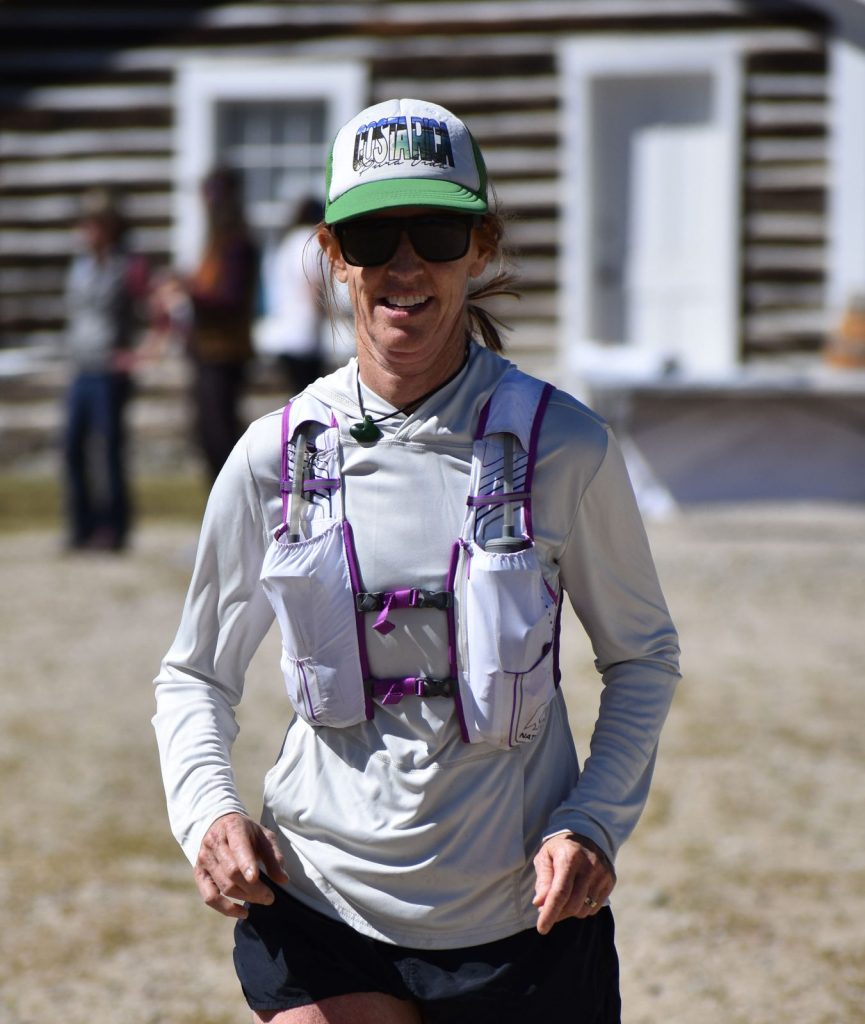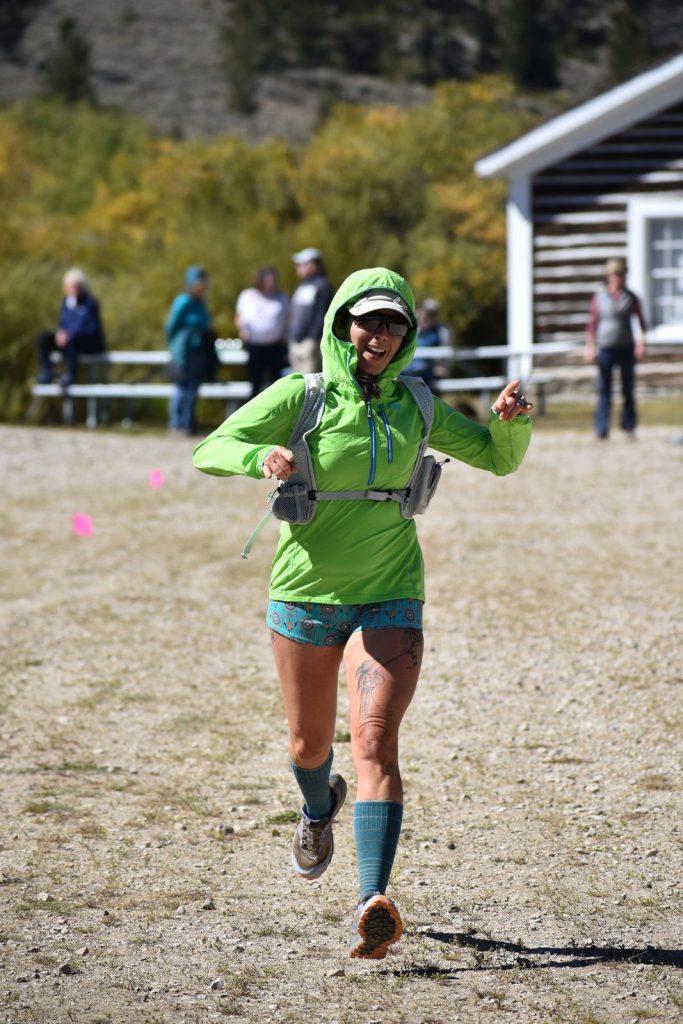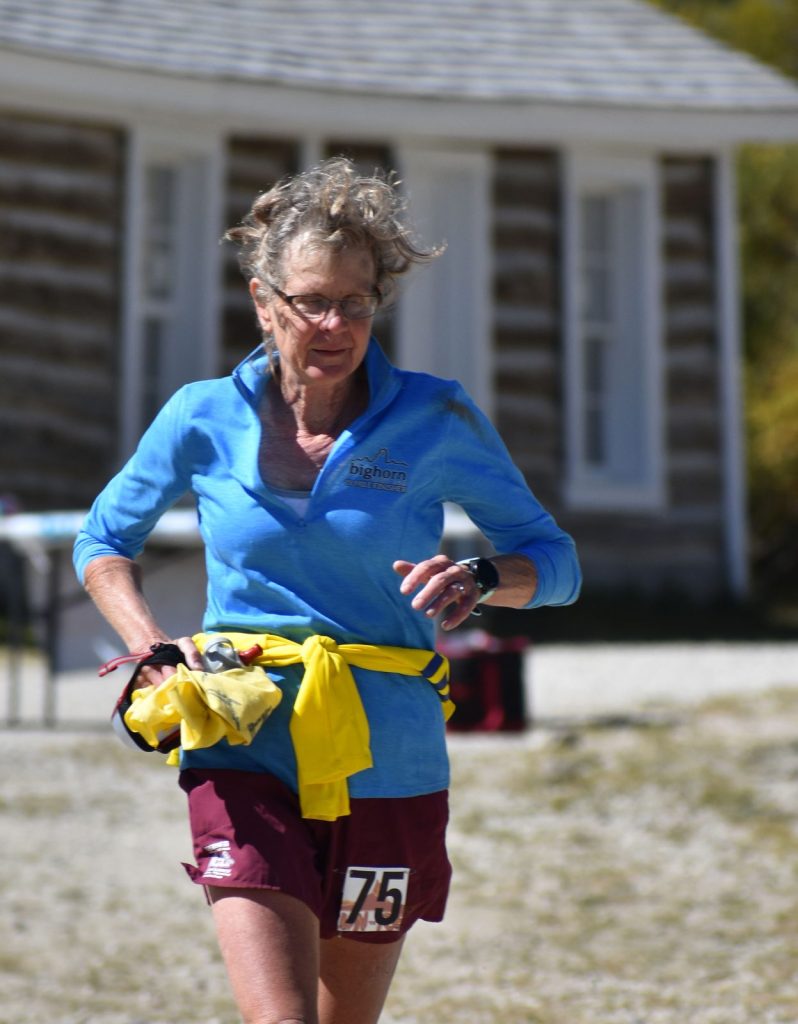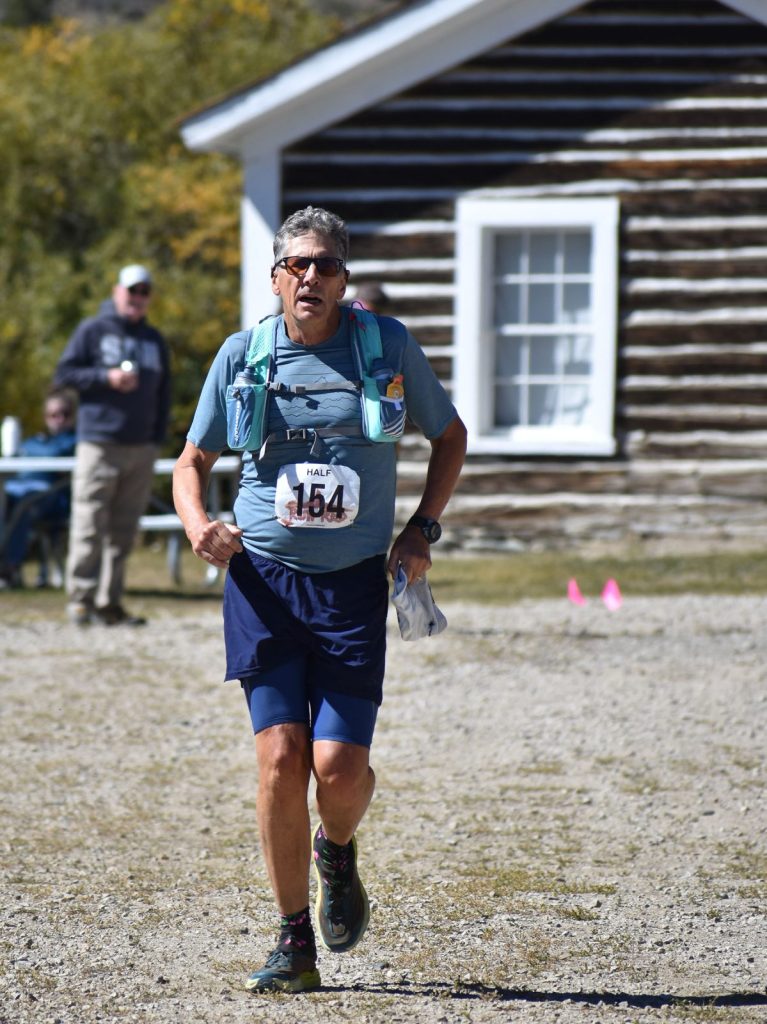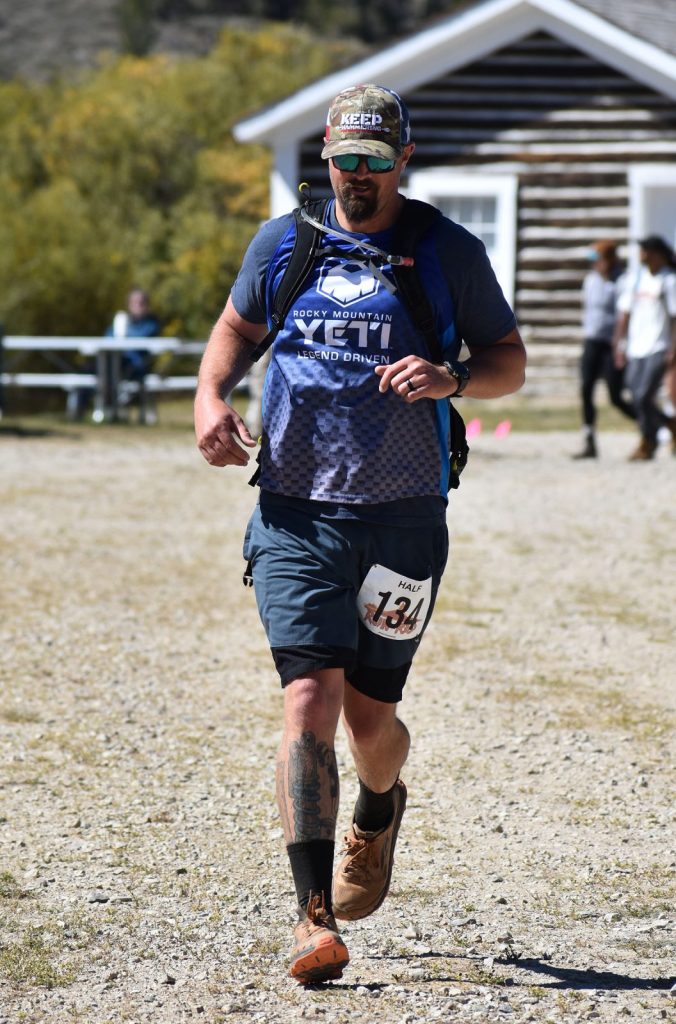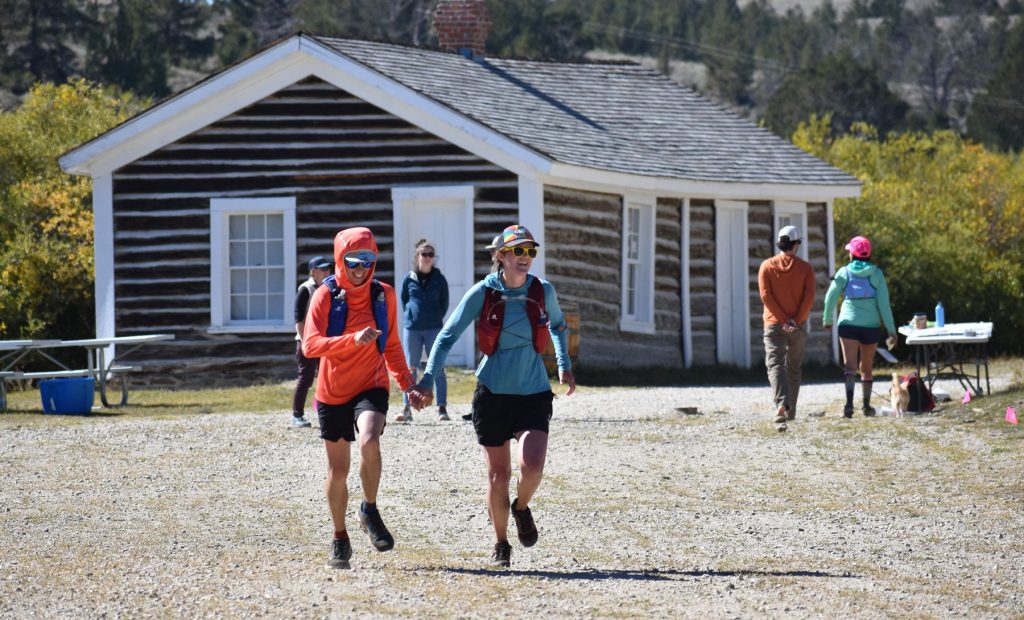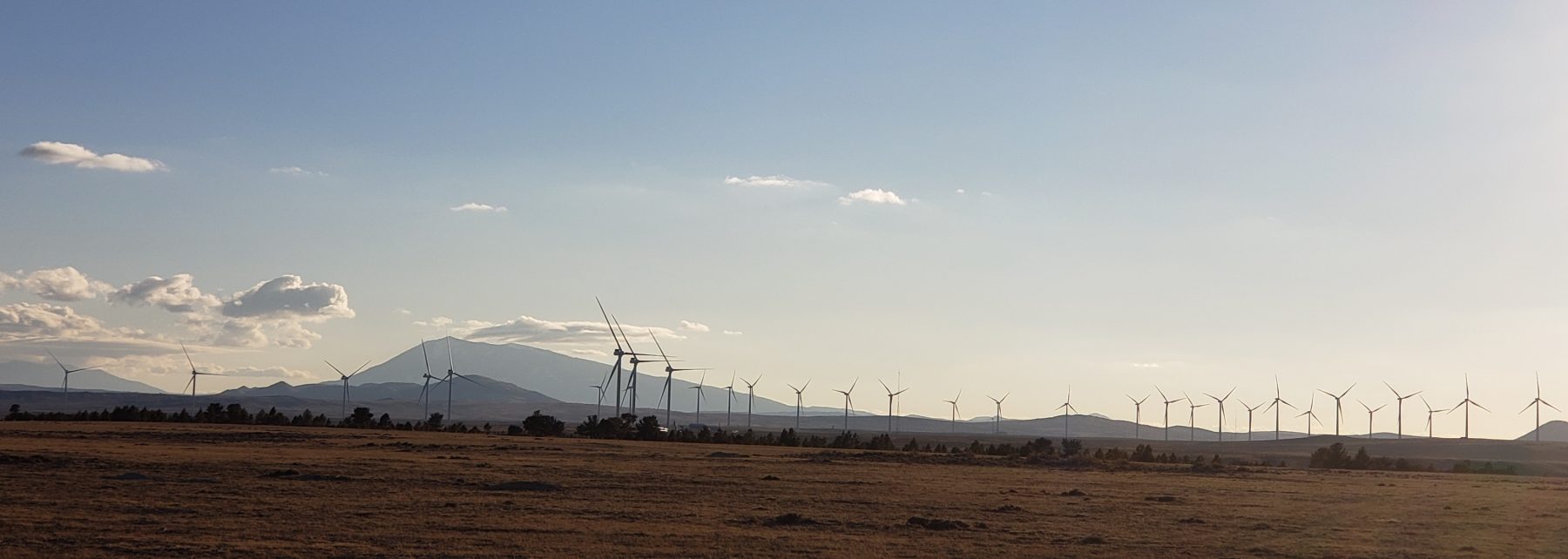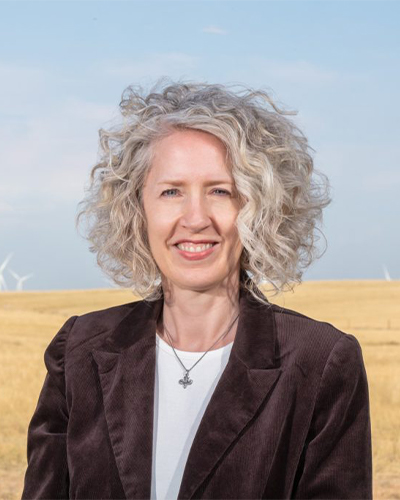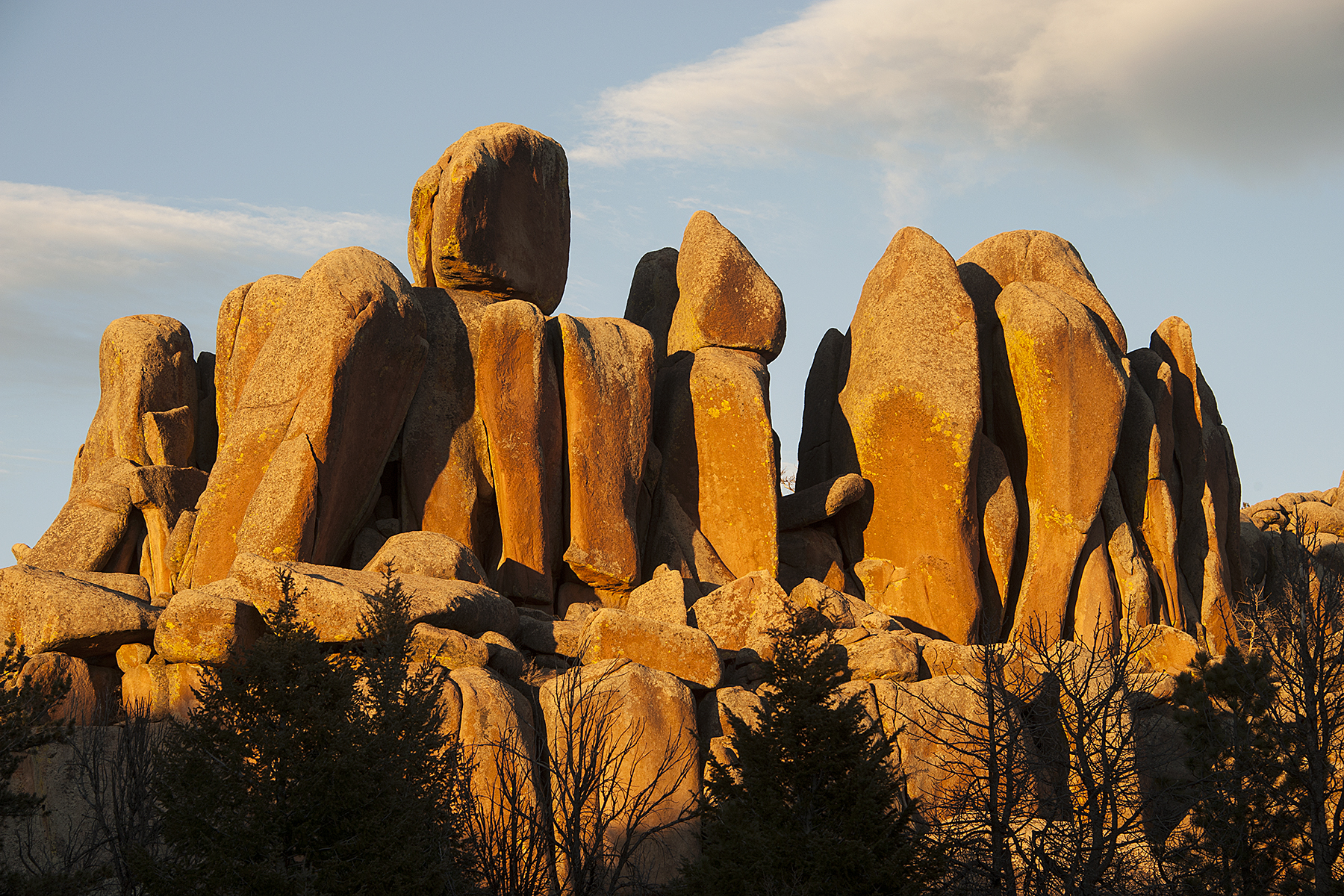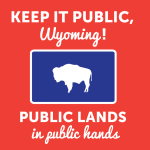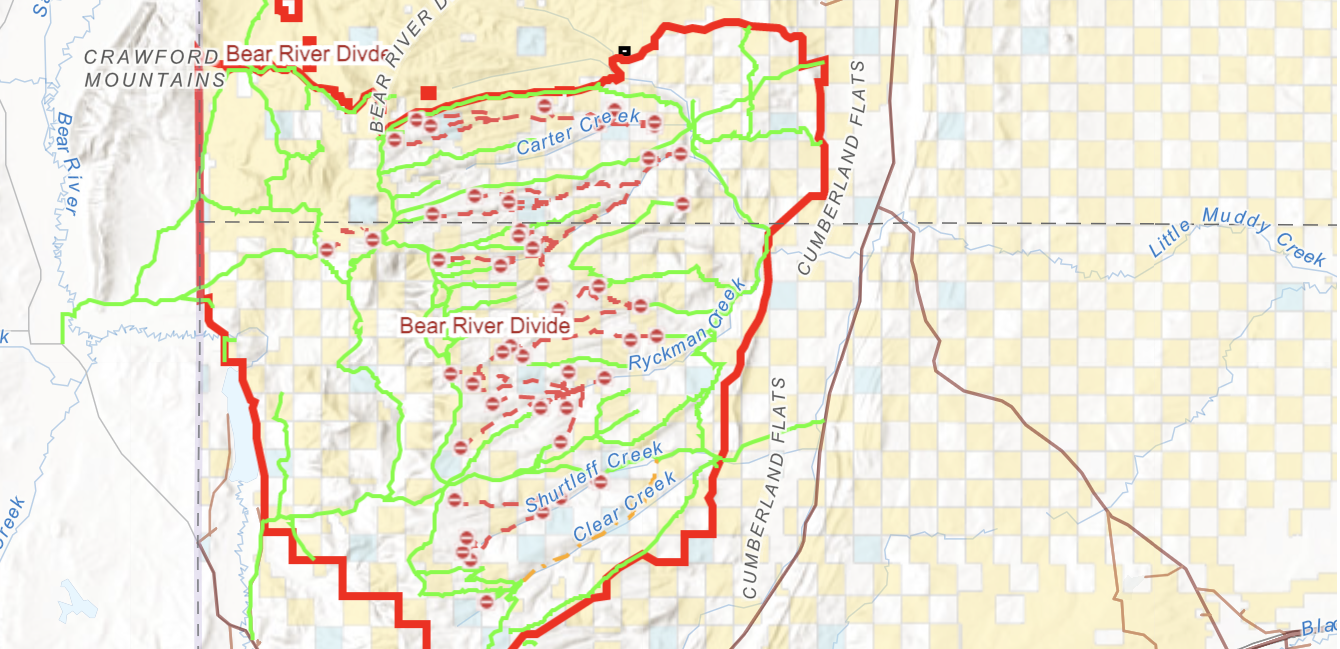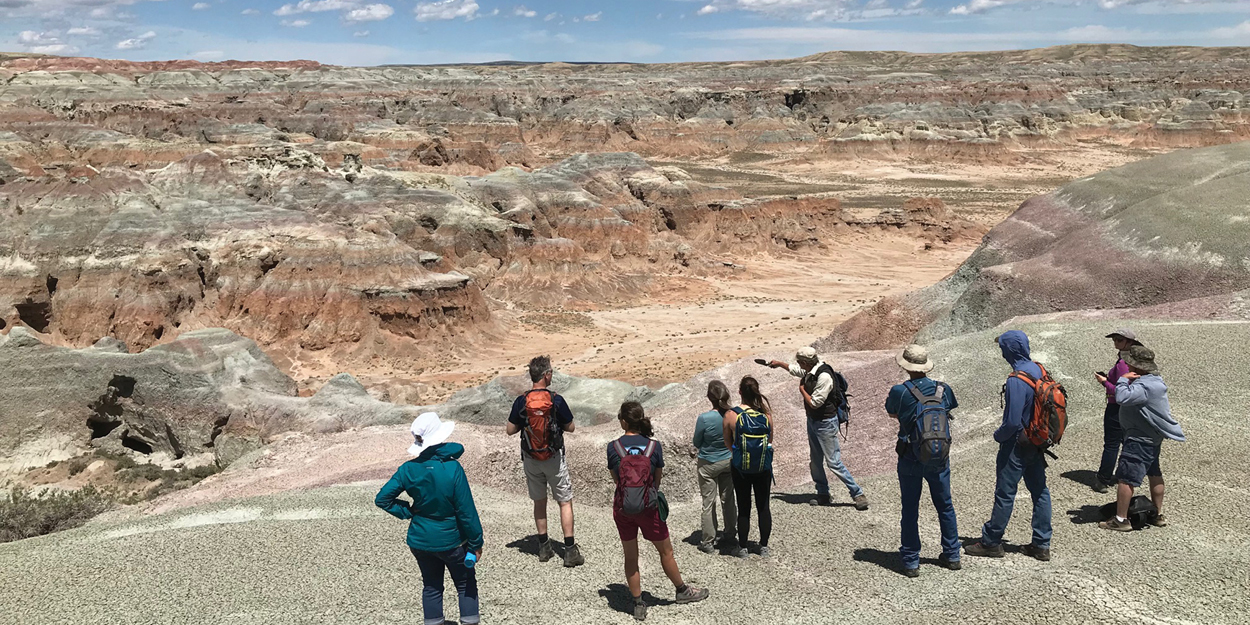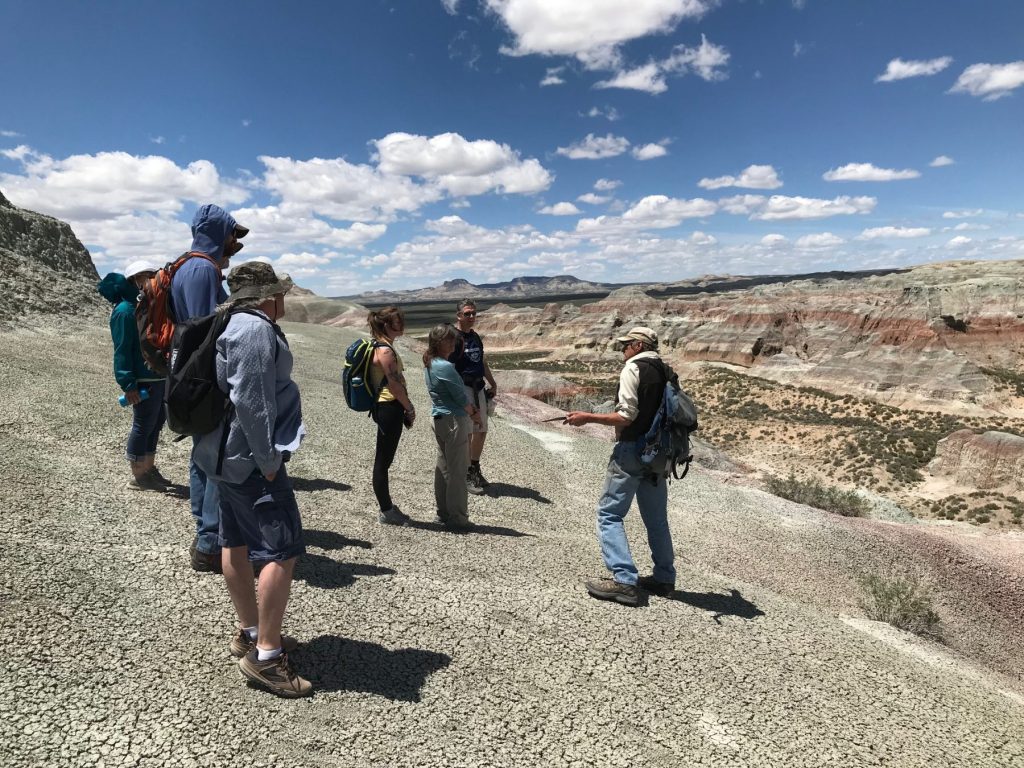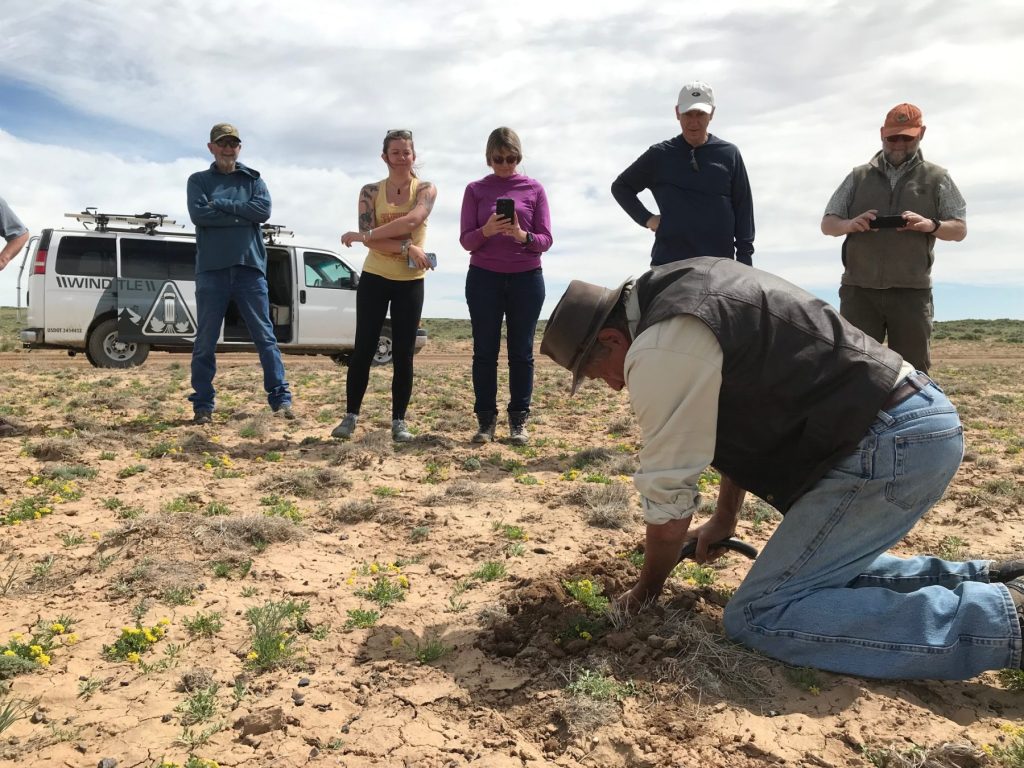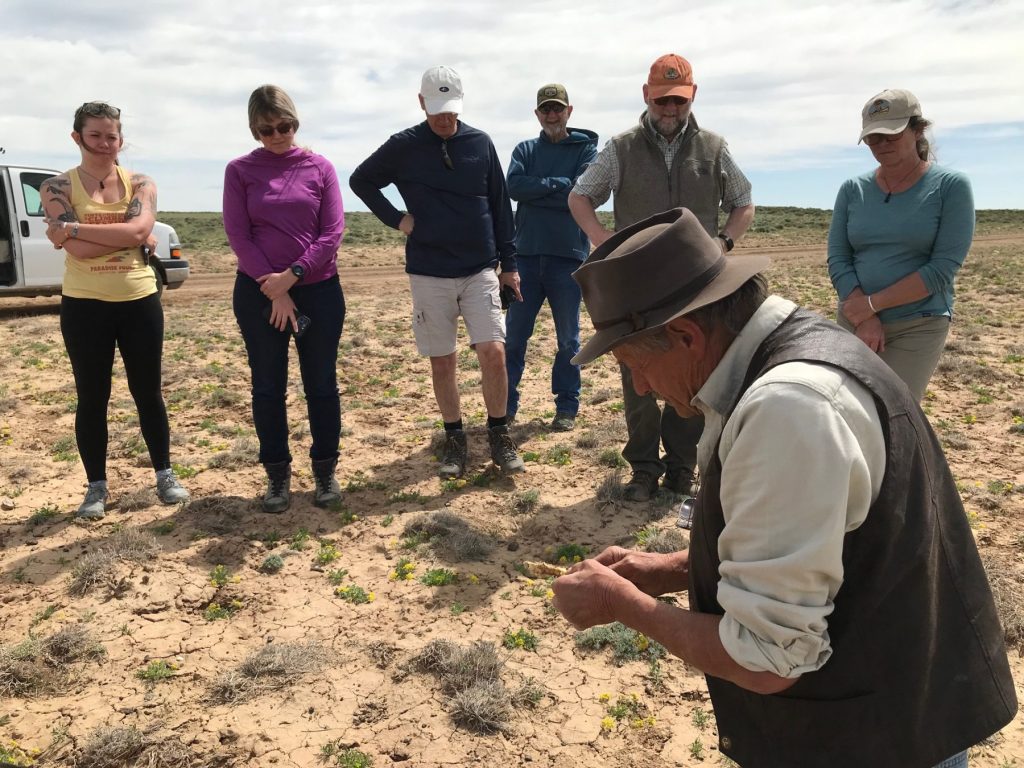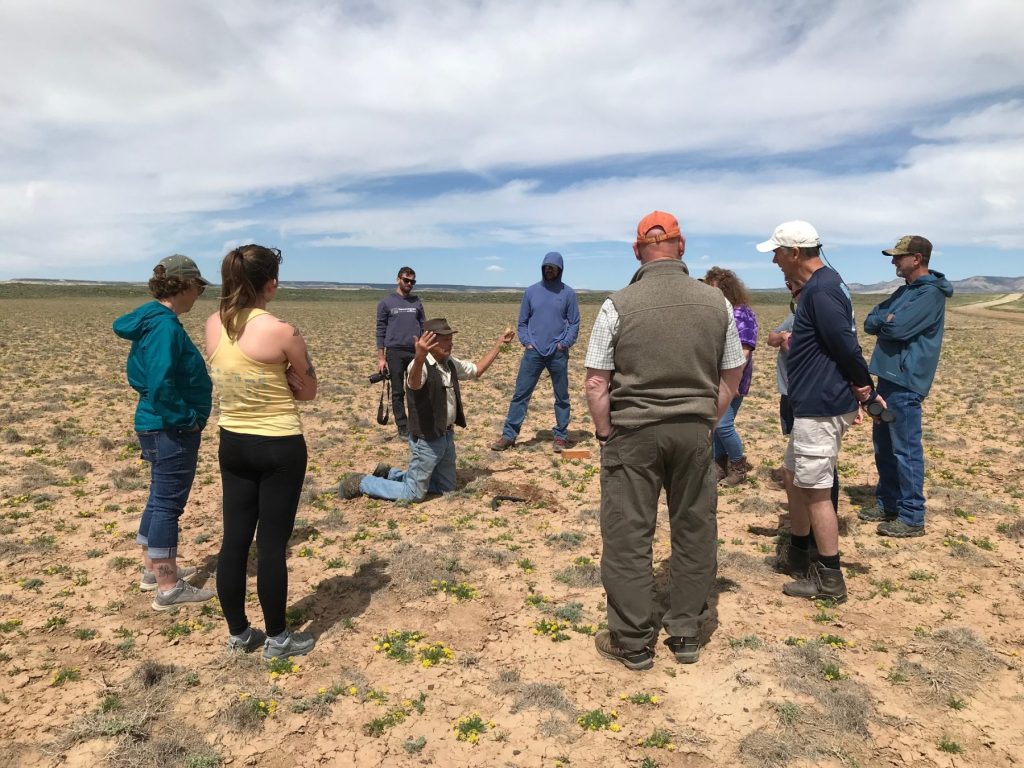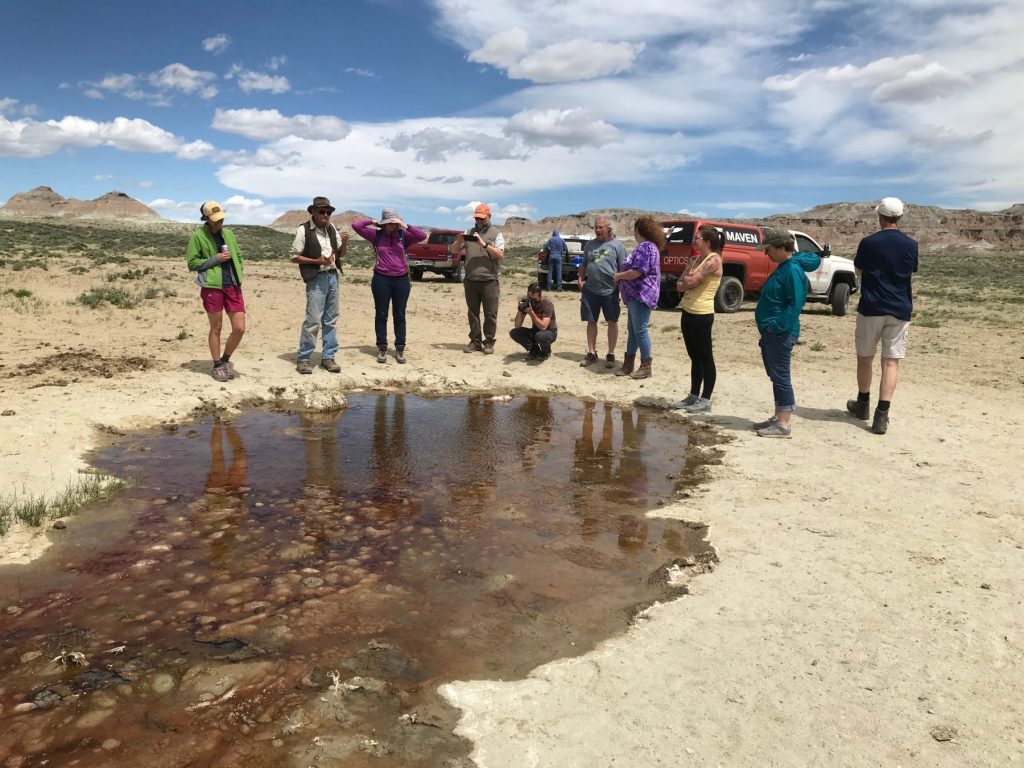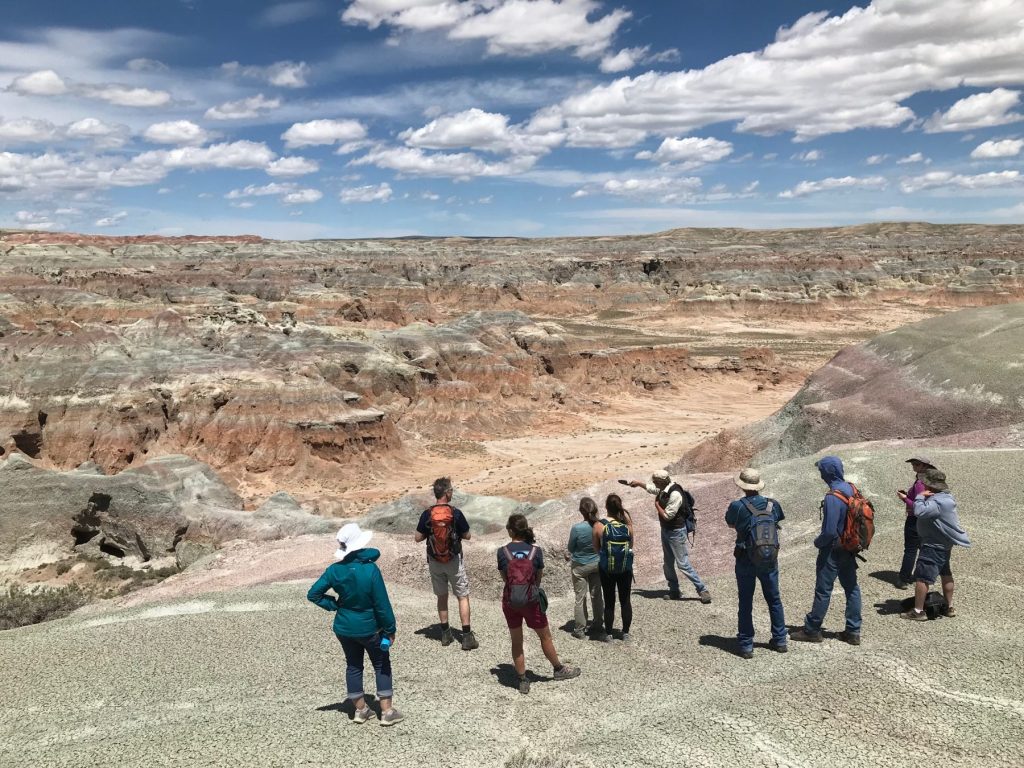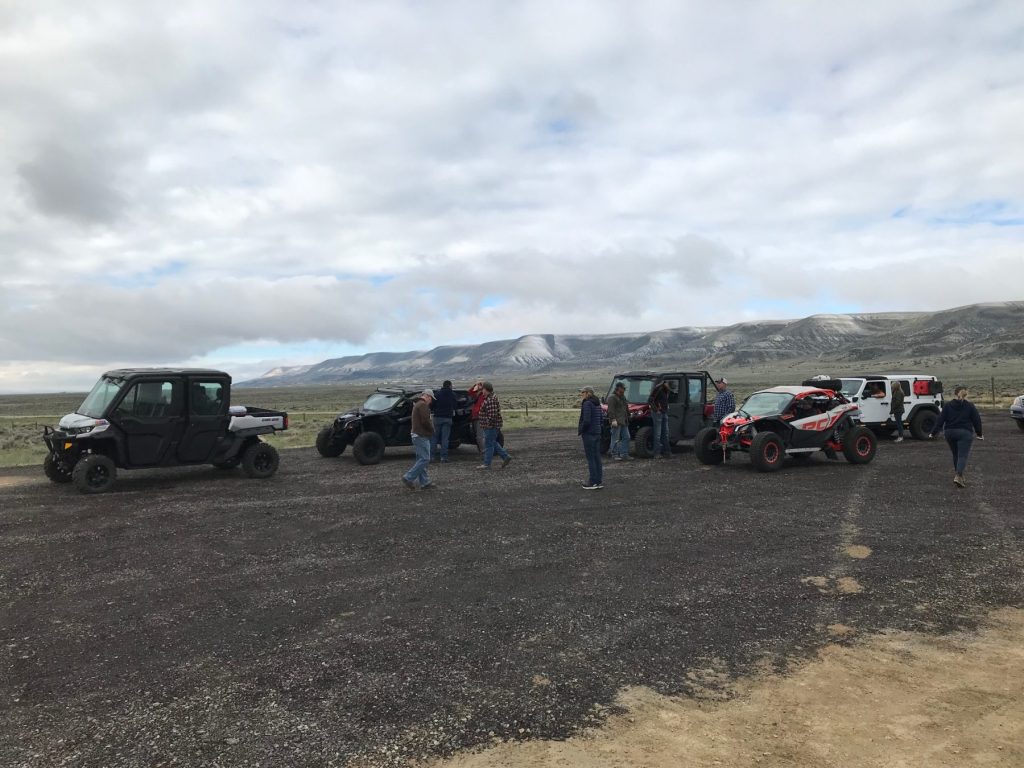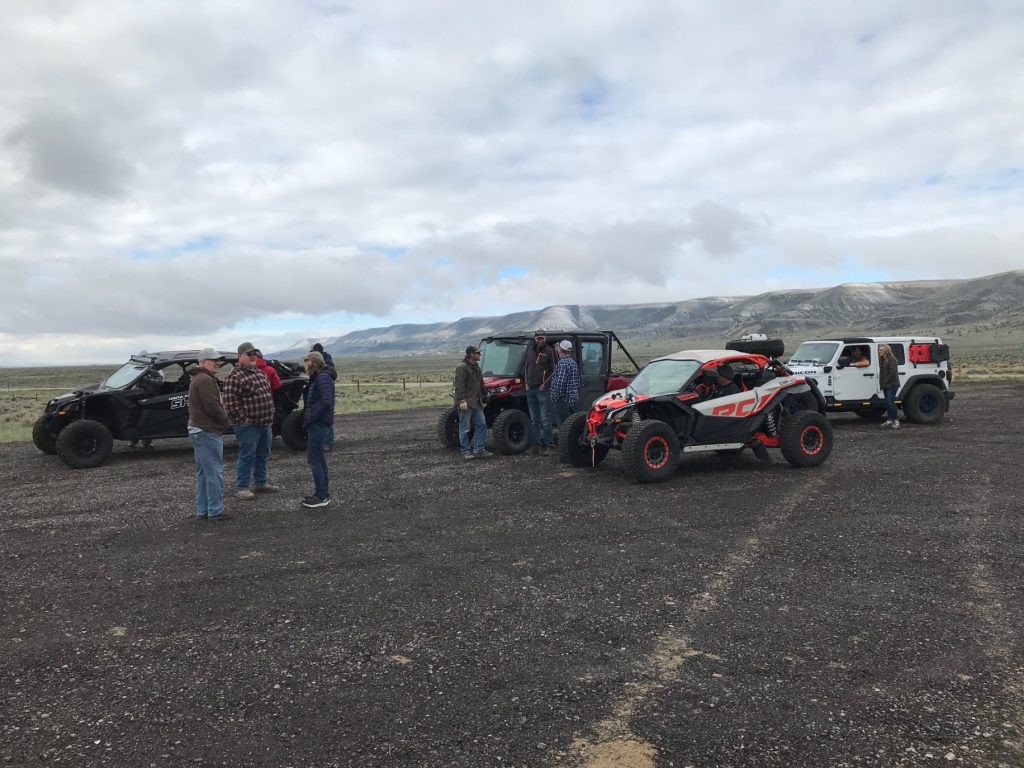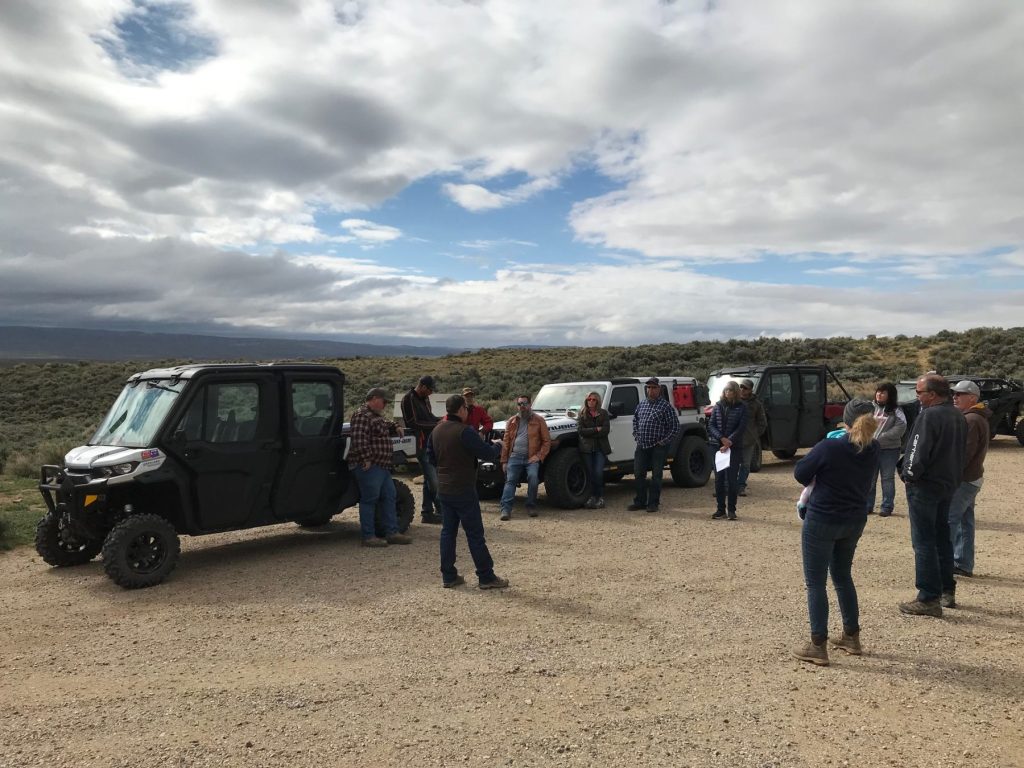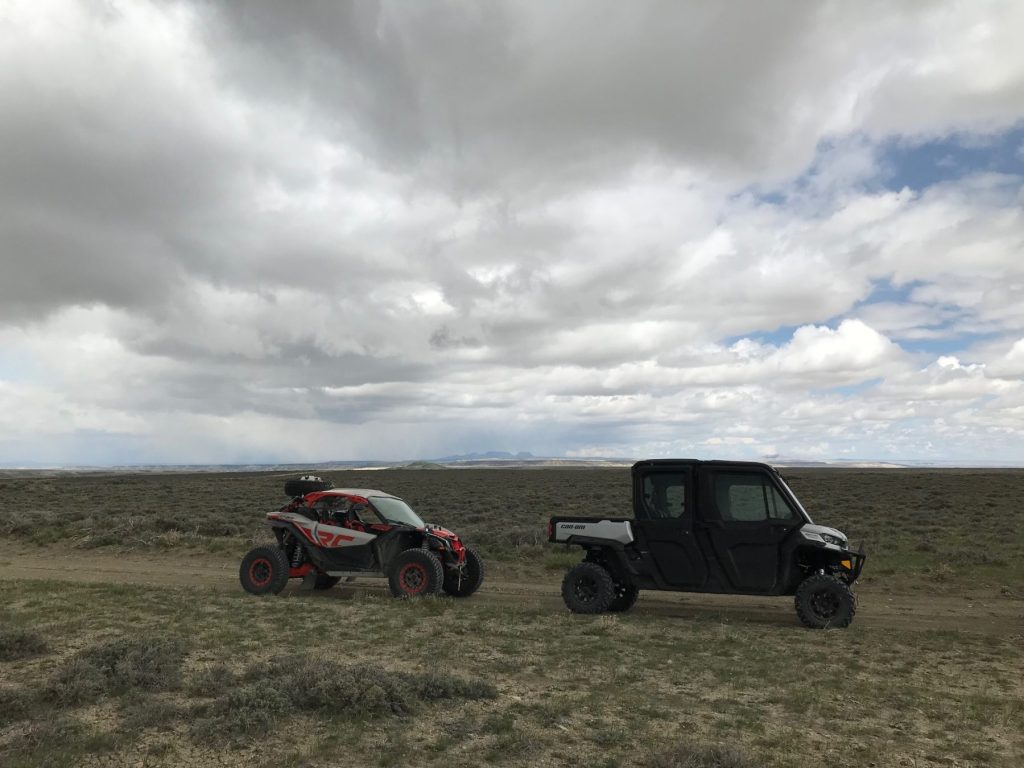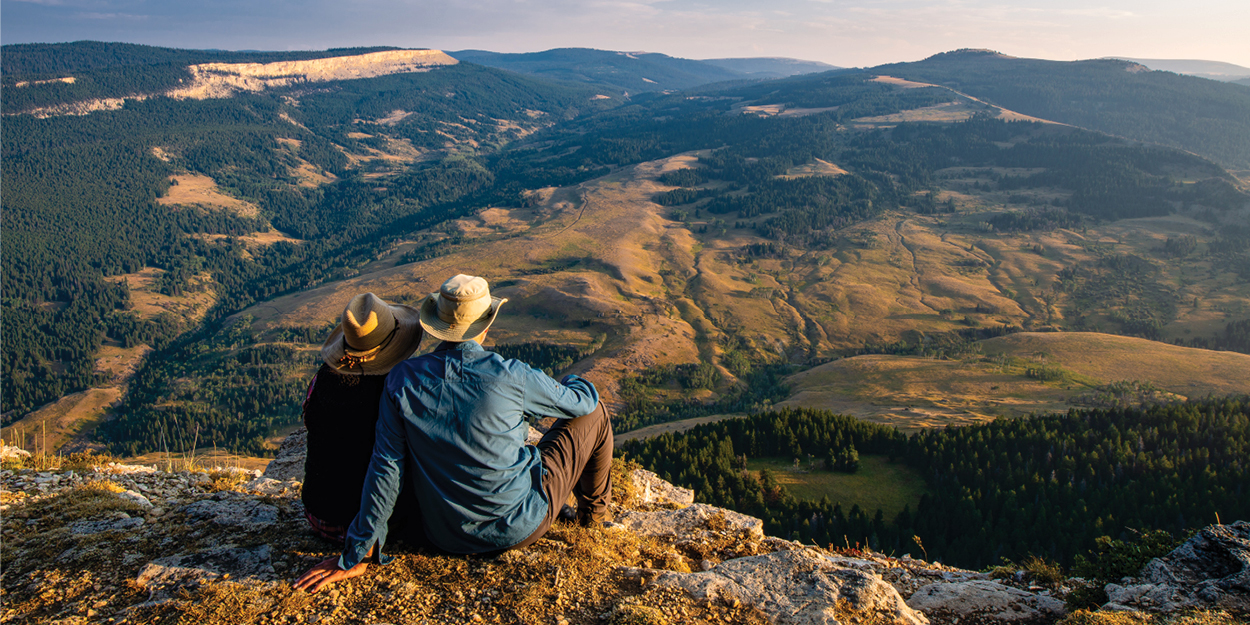Join Barbara and other photographers by submitting your own shot of Wyoming for the Outdoor Council’s 2024 Calendar Contest. You can enter your photos via Instagram or email. To submit your photo(s) via Instagram, you must have a public Instagram account so that we’re able to view your submission. Upload your photo(s) and add the hashtag #OurWyoming.
To submit your photo(s) via email, send your photo(s) to claire@wyomingoutdoorcouncil.org.
For more information about the contest, visit our calendar contest page.
Barbara McMahill saw a photograph of a Greater sage-grouse on a magazine cover a few years ago and was instantly enamored. When she mentioned the bird to a local Lander friend, she was told that it was actually possible to visit the bird’s breeding grounds, called leks, to watch them in the early spring. It wasn’t long before McMahill found herself at the edge of the Twin Creek lek, about 20 miles from Lander, watching the spectacle herself. She now goes out with her camera every year.
“It’s always special,” she says of viewing the sage-grouse, “because you need to wake up suuuuper early to see it. But they really do put on an amazing show. It’s just beautiful to watch. In the end, you do have to sit for quite awhile and it’s usually cold, but when the sun starts to come up over the horizon, there are five to seven minutes of just incredible light. I cannot even describe it.”
That’s why McMahill takes her camera — so she can attempt to capture a moment that is indescribable in words so that others can experience it, too.
“I’m no professional photographer,” she laughs. “I’m a veterinarian. But photography has always been present in my life. I was given my first camera as a present from my family when I was in fourth grade and I started to take photography a little more seriously about 20 years ago. Now, I just have fun trying to capture the beauty of each scene and sharing those with others. Sometimes, like that sage-grouse image, the moment just isn’t describable.”
The image she took that won placement in the 2022 calendar is a male sage-grouse in the snow-dusted grass. His speckled brown and gray wing feathers frame a white, fluffy chest concealing two vibrantly yellow air sacs. “The sun was hitting him just right,” McMahill says of the moment she pushed the shutter. What’s even more amazing about this display that the camera can’t capture, she explains, are the sound effects. During the sage-grouse’s mating dance, there are vigorous wing swishes and a series of clipped, soft coos before two pops as their air sacs expand. It’s truly a sight to be seen — and a sound to be heard.
McMahill wasn’t always so interested in birds. She grew up in Lisbon, Portugal, a city where “birds for me were either pigeons or sparrows,” she says. When she moved to Lander with her husband 10 years ago, she started to notice the diversity of birds in the region compared to her hometown. When COVID-19 sent many of us inside, and our attention was drawn longingly out our windows, McMahill became curious about birds and invested in a telephoto lens to better capture the feathered creatures that visited her backyard. She’s since found some bird-watching friends in Lander and has learned a lot from them as well as the Merlin app, a global bird guide for mobile devices. In addition to sage-grouse, she adores the springtime vocals of the meadowlarks and the return of the mountain bluebirds to the barren but budding tree branches each year. (She submitted a photo of a bluebird too, which we also selected for the calendar.)
McMahill never planned to live in Wyoming, but she’s glad she does. Not only is the local community a constant source of joy, fun, and support, but, “I’m surrounded by beauty.” She spoke of a recent trip to the Red Desert for the first time with her family. “It looks like a place that has been home to not only a lot of different groups of people, but also a diversity of animals for years and years. I realize that keeping these places as they are is very important. It’s part of the reason I — we all — want to live here.”
“It [The Red Desert] looks like a place that has been home to not only a lot of different groups of people, but also a diversity of animals for years and years. I realize that keeping these places as they are is very important. It’s part of the reason I — we all — want to live here.”
— barbara mcmahill
In fact, the Greater sage-grouse relies on landscapes like the Red Desert — large, intact, fenceless areas of sagebrush steppe — for its survival. And it’s not only sage-grouse, but thousands of other species as well. In recent years, this habitat has been dwindling across the West, and as a result, so too have sage-grouse populations that can survive nowhere else. The Red Desert is of particular importance to sage-grouse conservation efforts as it hosts the highest density of sage-grouse on Earth. In peak years you can find more than 100 males visiting leks in this region, whereas other leks average only 20-35.
Local efforts to protect Wyoming’s sagebrush steppe and the sage-grouse who rely upon it are ongoing— we’ve often discussed the importance of the Greater Sage-Grouse Core Area Protection Executive Order signed in 2008 by then Gov. Dave Freudenthal and renewed by his two successors. In addition to this state strategy, there’s a new opportunity on the horizon for further protections for sage-grouse: the recently released draft Rock Springs Resource Management Plan from the Bureau of Land Management. It’s a land use plan that’s been 12 years in the making, and in one alternative, the agency would rebalance management priorities to better support conservation in addition to other uses. This alternative would close much of the Red Desert — which includes significant portions of sagebrush steppe — to industrial development. This is in stark contrast to current management where a majority is open to development and poses a threat to sage-grouse habitat.
We’ll keep you updated on the ways in which you can make a difference in protecting this habitat and all the species, including the Greater sage-grouse, who rely on it for their survival.
And we’re grateful for photographers like McMahill who wake up before dawn and brave the cold to capture this one-of-a-kind spectacle every spring. It’s images like these that allow us at the Wyoming Outdoor Council to better tell the story of the iconic Wyoming species who share their home with us. If you’ve taken your own wildlife shots, send them to us! Our calendar contest is open until September 15 — and this year there are prizes and a chance to have your work in an exhibit. You can read more here.


